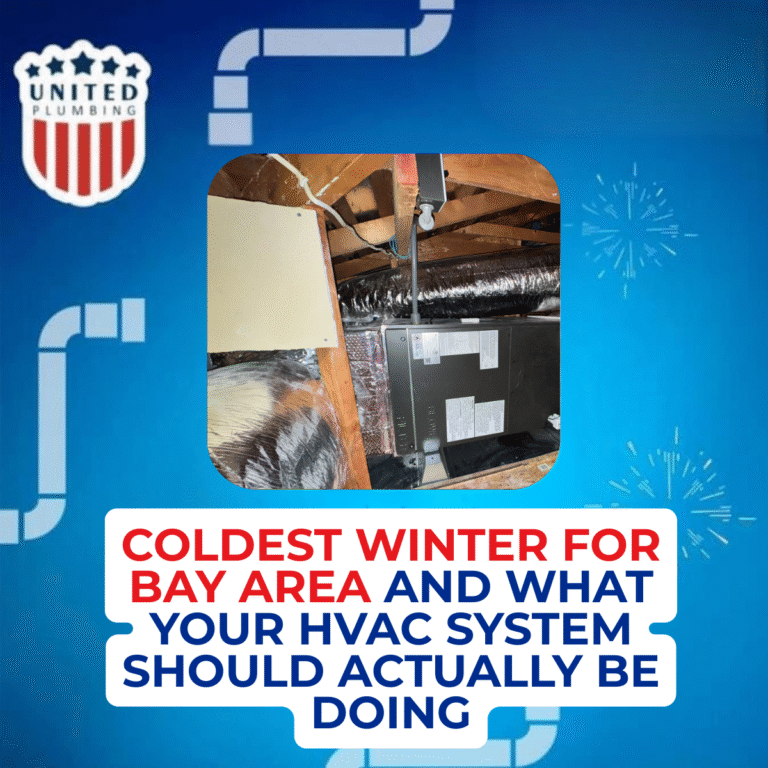FIVE-STAR TEAM WARRANTY &
SAME-DAY SERVICE
How To Increase Water Pressure In Your House
It’s frustrating to have low water pressure in house, especially when you’re trying to take a shower, wash your dishes, or do laundry. Here, then, is how the experts diagnose and fix low water pressure problems.
Step 1: Determine If You Have Low Water Pressure In Your Home
The first thing to do is to gauge low water pressure in your home. To gauge water pressure, you can use a water pressure gauge, frequently available at hardware stores, which will read the pressure in PSI (pounds per square inch). Residential normal water pressure home ideally falls within the range of 40–60 PSI. If it is under 40 PSI, then you probably have a problem with water pressure.
Step 2: Ask Your Neighbors
Before doing anything else, check with your neighbors to see if they are also having problems. If they are, then probably the cause is with the municipal water pressure supply, in which case you will need to contact your local water provider.
Step 3: Check the water meter,
In other cases, low water pressure points to valves that are partially closed or a bad regulator:
- PRV — Make sure that it’s completely open. If it’s open only partially, it doesn’t open far enough to allow good water pressure flow.
- Pressure regulator – If your home has a water pressure regulator, it may need to be adjusted or replaced if it has failed.
Step 4: Look for leaks
Leaks in your plumbing system can cause poor water pressure in home to be greatly reduced. Look for such visible indications of leaks as wet spots, mold growth, or sudden jumps in your water bill. If you suspect a leak is behind some wall or underground, a plumber can check the water pressure with a test to confirm.
Step 5: Clogging Pipes Need To Be Flushed
As mineral deposits and foreign matter accumulate in the pipe interior, the passage becomes narrower each time. A sudden blockage could cause sudden low water pressure in house if it goes unnoticed. Sanitize, patch, or replace those infested pipes.
TIPS: If you want to buy a test gauge, then you can easily do so on this website.
Having Confirmed Low Water Pressure, What Then?
If your water pressure low in house, there is the following remedy:
- Installing a water pressure booster pump – This is a device which, instead of passively absorbing pressure, actively pressurizes water, improving the complete system.
- Replacement Pipes – If the pipes are old and rusty, replace them with newer, wider ones for smoother flow and to increase water pressure in house.
- Deep clean aerator and shower head – Cleansing sediments can plug up faucets and shower heads. Regular cleaning can help maintain water pressure.
- Go to your water supplier – If it is your municipal water pressure supply that is causing problems, the authorities may be able to adjust things.
How To Maintain The Water Pressure In Your Home Now That It’s Up?
Having raised your water pressure, how do you keep it up? It’s like this:
- Check on your fixtures regularly for leaks – Clear out the aerators and showerheads to prevent poor water pressure in home.
- Ensure your pressure regulator is working – Whether manual or automatic, check to see that it is operating correctly.
- Clear the lines – Run hot water through taps to clear out sediment buildup.
- Install a water softener – If you have very hard water, a water softener can prevent mineral buildup, which imposes a persistent drag on water pressure over time.
Carrying out these steps enables you to diagnose and resolve problems concerning water pressure effectively.
Post views: 715
How to Increase Water Pressure in Your Home
What causes low water pressure in a house?
Low water pressure in a house can be caused by partially closed valves, faulty pressure regulators, clogged pipes, leaks, or issues with the municipal water supply.
How do I check if I have low water pressure in my home?
You can measure water pressure using a pressure gauge, available at hardware stores. Ideal normal water pressure home falls between 40–60 PSI. If it’s below 40 PSI, you may have a low water pressure issue.
How can I increase water pressure in my house?
You can increase water pressure in house by fully opening valves, replacing faulty pressure regulators, cleaning aerators, flushing clogged pipes, or installing a water pressure booster pump.
What should I do if I have no water pressure in my house?
If you have no water pressure in house, first check if your neighbors are experiencing the same issue. If they are, it may be a municipal supply problem. Otherwise, inspect for leaks, blockages, or valve issues.
How can I prevent sudden low water pressure in house?
Regular maintenance, including checking for leaks, cleaning fixtures, and clearing sediment buildup, can help prevent sudden low water pressure in house. Installing a water softener can also help reduce mineral buildup in pipes.
When should I call a plumber for low water pressure?
If DIY fixes don’t resolve low water pressure in house, or if you suspect hidden leaks or serious pipe blockages, it’s best to call a plumber for professional assessment and repairs.
Latest posts

Electrical Panel Upgrade California: Costs, Safety & When You Need One
An electrical panel upgrade in California is one of the most important safety and performance improvements a...

Coldest winter for Bay Area in 2025 And What Your HVAC System Should Actually Be Doing
If your home feels colder than usual this winter, you’re not imagining it. Bay Area home heating systems are being...


If you still have questions or need advice, please leave a request and we will contact you as soon as possible
Need a plumber and got no clue where to start?
(408) 539-6936Facing a plumbing issue? Get a FREE in-person estimate and quick solutions from our skilled technicians, ensuring your home runs smoothly again!
